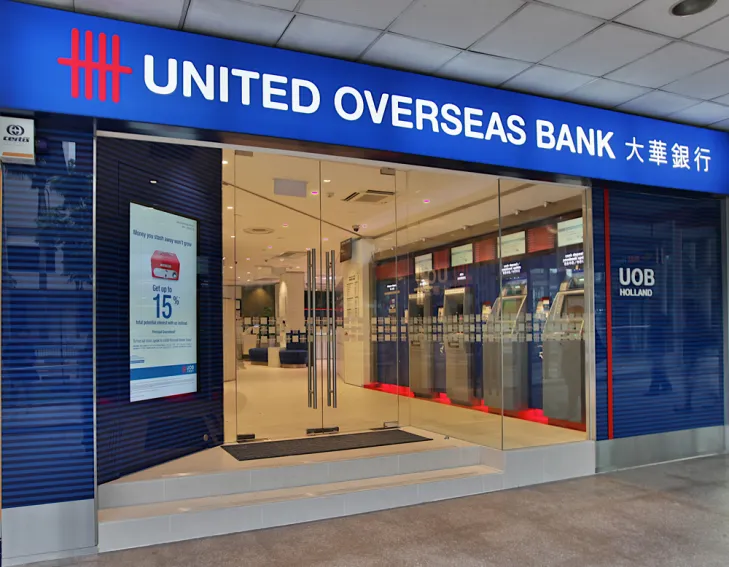
Here's a rundown of Singapore banks' O&G exposures in 4Q16
UOB has the lowest O&G exposure.
Banks were hit by higher specific provisions (SP) for O&G in 4Q16, and the increase in NPLs for the year largely came from this sector, says Maybank Kim Eng. Provisions for O&G are likely to remain elevated.
However, the pace of acceleration of new NPL formation and provisions will ease in 2017 as the chunky exposures have been recognised as NPLs. Banks are also providing for decline in collateral values.
Here's more from Maybank Kim Eng:
Singapore banks have 1.6-2.4% of loan exposure to the support services sector. The NPL ratio for support services is now between 15% and 22%.
DBS took proactive steps in 4Q16 to move four new names into NPAs. The total amount of NPLs (excl Swiber) is now SGD1b, with SGD0.8b from its portfolio of larger names and SGD0.2b from its portfolio of smaller names. However, the remaining c.SGD1.4b of its portfolio of smaller names showed weakness, and risk remains as these have yet to be classified as NPLs.
Lowest O&G exposure and higher SP meant UOB will be relatively shielded from further deterioration. UOB’s provision coverage remains the highest among Singapore peers at 116% vs peers’ 97-100%.
However, UOB’s writebacks in general provisions (GP) in FY16 reduced its GP buffer to 1.2%, narrowing its gap against peers’ 0.9- .1%. As DBS will be set aside divestment gains from its sale of the PwC building of SGD350m as GP, this should ease some concerns about its provision adequacy.
Despite its lower exposure to O&G among peers, UOB’s SP was 46bps of average net loans in 2016. 40% of its SP taken in 2016 was the result of sharp declines in collateral values. In contrast, OCBC’s and DBS’s SP were 23bps and 38bps of average net loans in 2016, respectively. That said, the write-downs in collateral values can vary across different types of vessels, which can affect the amount of provisions taken in by the banks.
UOB remained confident that it has provided for most of the write-downs in collateral values and impact from higher specific provisions should ease in 2017. We currently factor in specific provisions over average net loans to be between 29-37bps across the banks for 2017.
If we assume 2017 SP over average net loans rose to 46bps from our current estimation (i.e. this is also UOB’s SP over average net loans for 2016), we want to assess how this will affect banks’ 2017E net profits and book values, particularly for DBS and OCBC.
OCBC could be more affected. Its SP may need to increase by 59%, reducing its FY17E net profits by 10%, ceteris paribus. DBS may need to increase SP by 33%, reducing its FY17E profits by 8%, ceteris paribus. Estimated book values will be reduced by c.1%.




![Lorem Ipsum [ABF 1]](https://cmg-qa.s3.ap-southeast-1.amazonaws.com/s3fs-public/styles/exclusive_featured_article/public/2025-03/a_hand_pointing_to_a_futuristic_technology_5b87c9d0e3_1.png.webp?itok=2w0y1WhS)


![Cross Domain [Manu + SBR + ABF + ABR + FMCG + HBR + ]](https://cmg-qa.s3.ap-southeast-1.amazonaws.com/s3fs-public/styles/exclusive_featured_article/public/2025-01/earth-3537401_1920_4.jpg.webp?itok=WaRpTJwE)







 Advertise
Advertise

